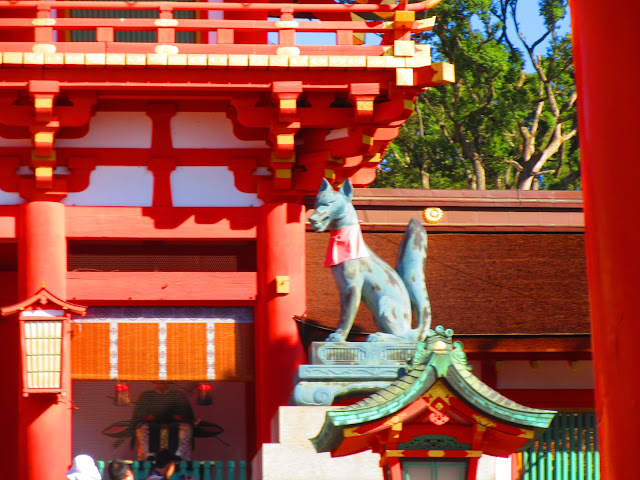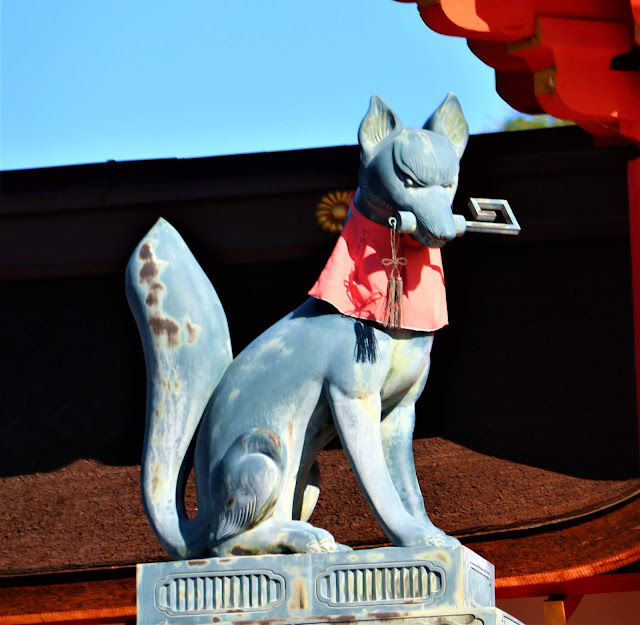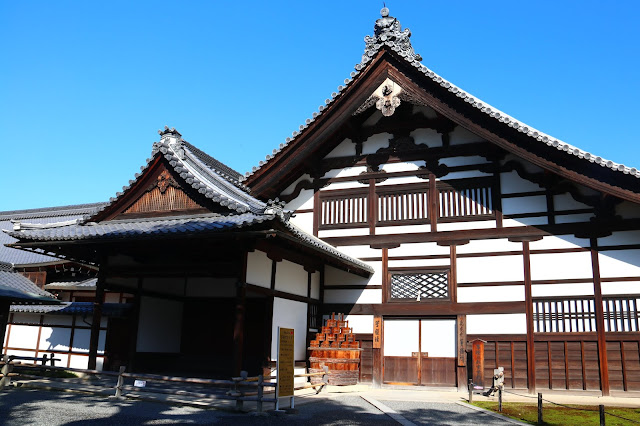The Fushimi Inari Shrine is home to 10,000 Torii gates that are seen as an entrance to a sacred shrine in Shinto religion. The Torii gates at Fushimi Inari Shrine give me one more reason to love historical Japan. These gates date back to 711 A.D., and as a foreigner with only a 250-year-old country, 1300 years old is an age I can’t even fathom.
 To give a little background, a Torii gate is seen as an entrance to a sacred shrine in the Shinto religion. They mark the pathway to shrines across Asia, and I’m sure you’ve come to know them as a symbol of Japan.
To give a little background, a Torii gate is seen as an entrance to a sacred shrine in the Shinto religion. They mark the pathway to shrines across Asia, and I’m sure you’ve come to know them as a symbol of Japan.

What is unique about the Torii gates at Inari Fushimi, though, is their background. Each gate has been donated by a company or organization giving thanks for their prosperity and in hope of good fortune in the future. I only wished I could read all of the names engraved on each gate, but for now, it remains to be beautiful artwork representing Japan’s past.
Before entering a shrine it is tradition to prepare yourself by cleansing. You get a ladle of water from the fountain and rinse your right hand, then your left then take a drink. No one really drive 's it now. Only pretend to.

This ice cream is sooooooo good!! It doesn't melt, the ice cream is covered in a cone and chocolate in the middle. Its our favorite Japan treat!!






















































